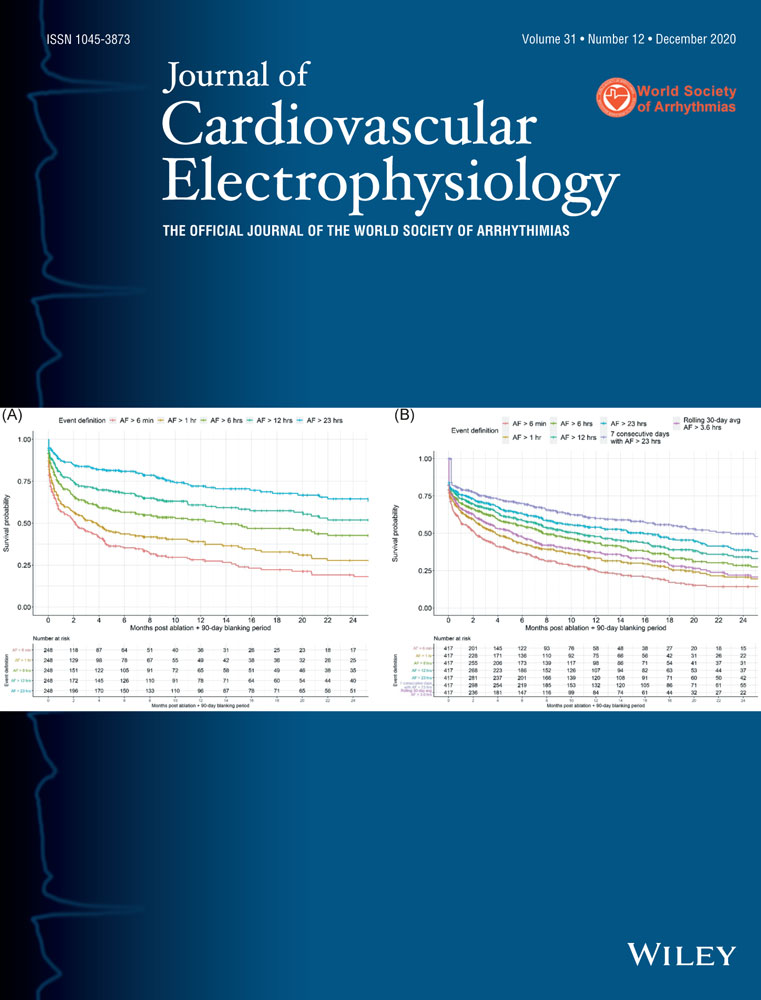Impedance decrement indexes for avoiding steam-pop during bipolar radiofrequency ablation: An experimental study using a dual-bath preparation
Disclosures: None.
Abstract
Introduction
This experimental study was conducted to explore impedance monitoring for safely performing bipolar (BIP) radiofrequency (RF) ablation targeted to arrhythmia focus.
Methods and Results
Using a newly designed dual-bath experimental model, contact-force-controlled (20-g) BIP ablation (50 W, 60 s) was attempted for porcine left ventricle (17.0 ± 2.7 mm thickness). BIP ablation was successfully accomplished for 60 s in 75 of the 89 RF applications (84.3%), whereas audible steam-pop occurred in the other 14 RF applications (15.7%). Receiver operating characteristic analysis demonstrated the optimal predictive values regarding the occurrence of steam-pop as follows; thinner myocardial wall (≤14.8 mm), low minimum impedance (≤89 ohm), greater total impedance decrement (TID) (≤ −25 ohm) and %TID (≤ −22.5%). Greater impedance decrement was not observed immediately preceding the occurrence of steam-pop but appeared around 15 s before. Four steam-pops happened before reaching the optimal predictive values of minimum impedance, whereas all 14 steam-pops developed 11.5 ± 9.2 and 8.1 ± 8.1 s after reaching the optimal predictive values of TID and %TID, respectively. Total lesion depth (endocardial plus epicardial) was 10.7 ± 1.2 mm on average, and was well correlated with TID and %TID. Transmural lesion through the myocardial wall was created in 22 RF applications.
Conclusion
Relatively thinner areas of the myocardium are likely to be at greater risk for steam-pop during BIP RF ablation. Lowering the RF application energy to reduce the impedance decrement may help to lessen this risk.




